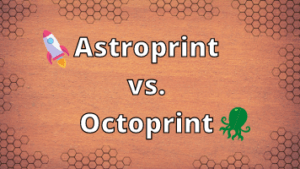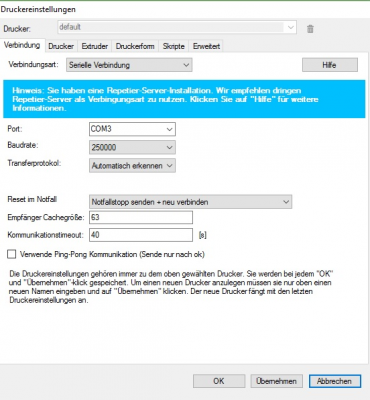

If you pay the bridge troll, they’ll let you see thumbnail previews of your GCode in the file system, making it easy to distinguish similarly named files uploaded from a set. It does, however, have a great little file browser that rivals AstroPrint’s interface in usability and OctoPrint’s plugins in features. I like that feature, so I think I’ll incorporate it into my OctoPi.Īs for Repetier Server, the best bits of it are still locked behind a ridiculous $73 paywall (at the current exchange rate). But aside from the interface, the only thing AstroPrint is really doing for me is emailing me when my prints are done. OctoPrint’s newer, open plugin architecture is just more interesting to developers right now. I wish they had stuck to pushing interface improvements into OctoPrint, because they are having a hell of a time maintaining the guts of their own precious fork.
OCTOPRINT VS REPETIER SERVER SKIN
The 3DaGoGo team took OctoPrint and put a truly beautiful, usable skin on it. It’s infinitely customizable (so long as your RPi has the spare clock cycles), and it works with both my RPi camera and my iOS devices (which AstroPrint declines to do).

I hate the OctoPrint interface, but Cura can talk to it, and it can use the best parts of the AstroPrint cloud service. I’ve mostly used AstroPrint for the last month, and I’m switching my AstroBox back to an OctoPi. I’ll save you some time and jump to the end: I wrote up a whole comparison review for these software packages, and it was boring as hell. Which of these Raspberry Pi installations is right for turning your 3D printer into an networked, web-accessible device? Or should you branch out with Repetier Server or Windows 10 IoT? (Or keep using Pronterface, you goddamn hipster?)

OctoPrint vs AstroPrint: The Eternal Question.


 0 kommentar(er)
0 kommentar(er)
